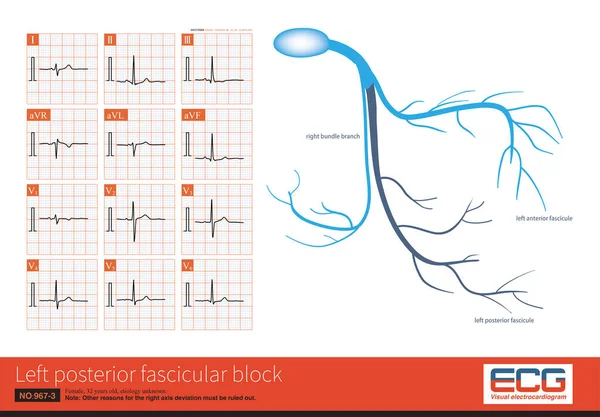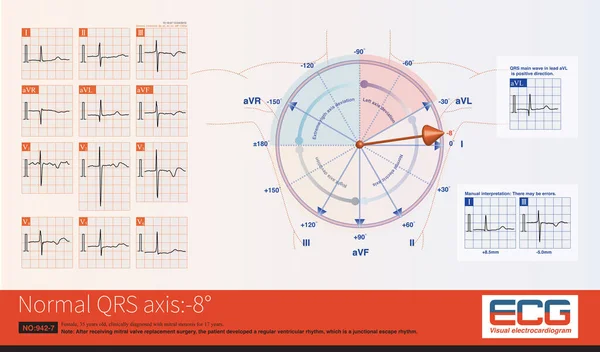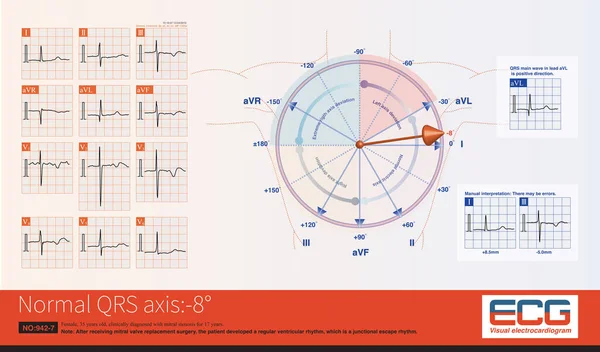Stock image Male, 39 years old, paroxysmal palpitations for 5 years. ECG showed B type ventricular preexcitation.The bypass may be located in the right posterior free wall.

Published: Apr.24, 2024 19:49:31
Author: asia11m
Views: 3
Downloads: 0
File type: image / jpg
File size: 13.2 MB
Orginal size: 10000 x 6424 px
Available sizes:
Level: beginner








